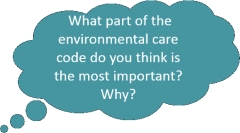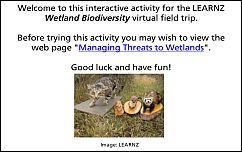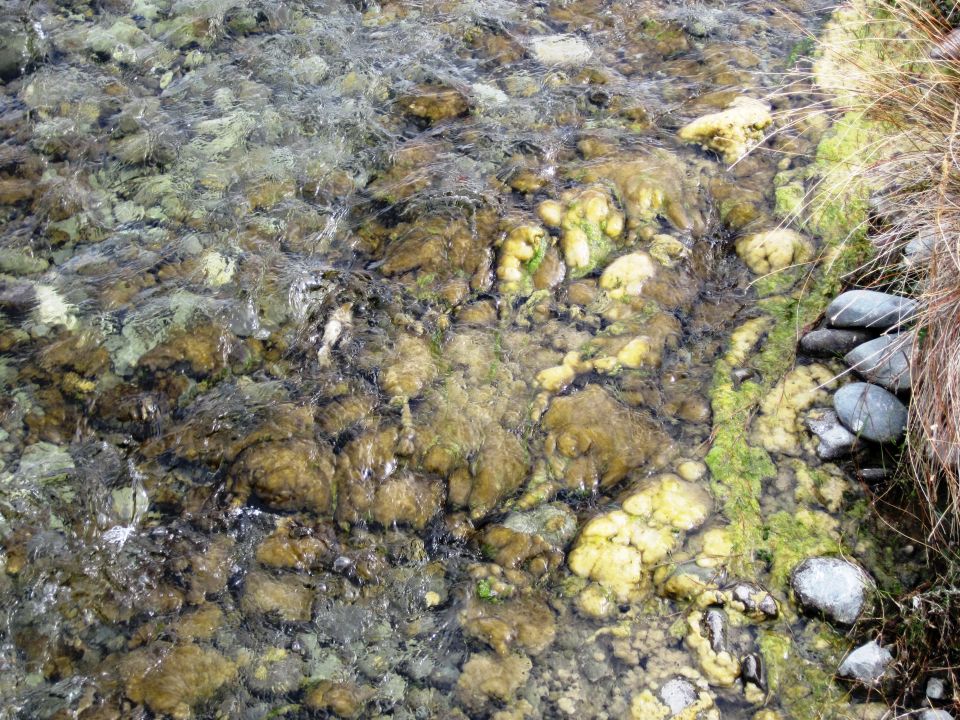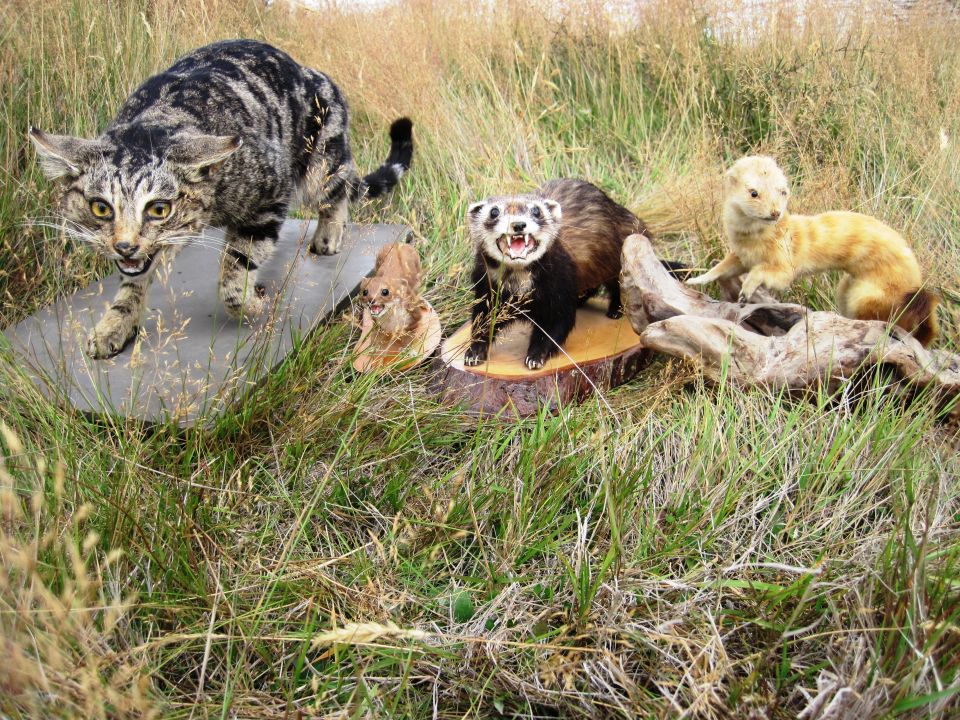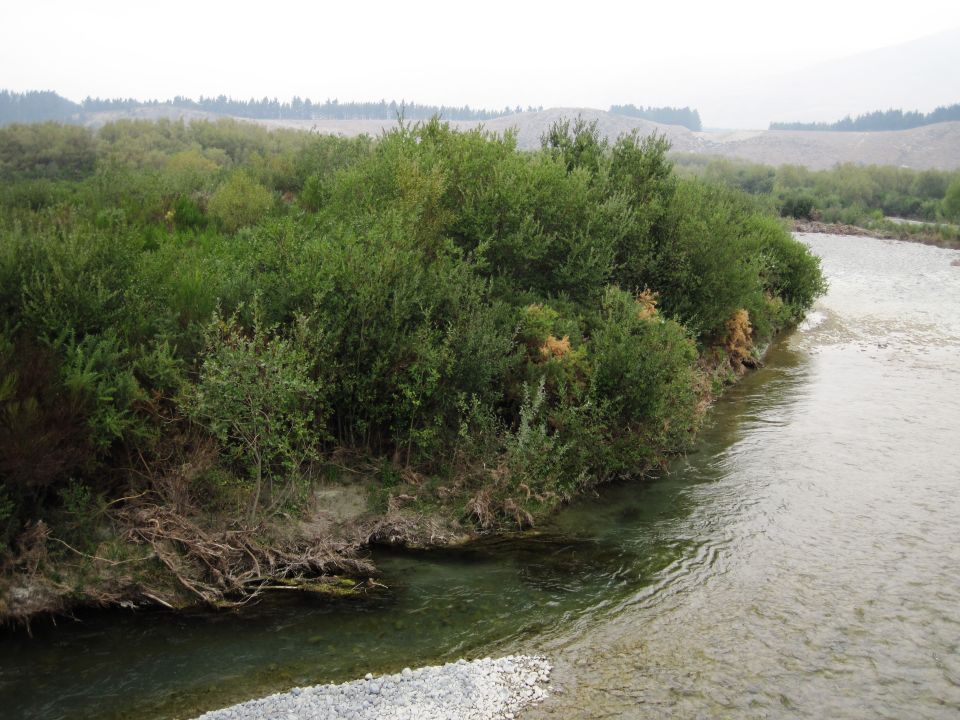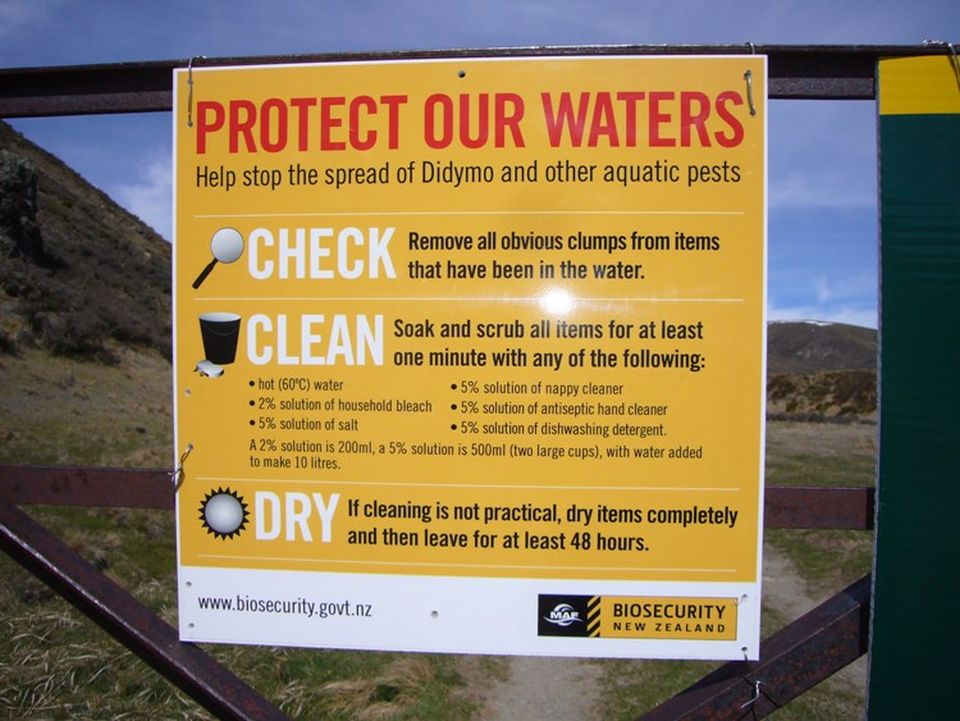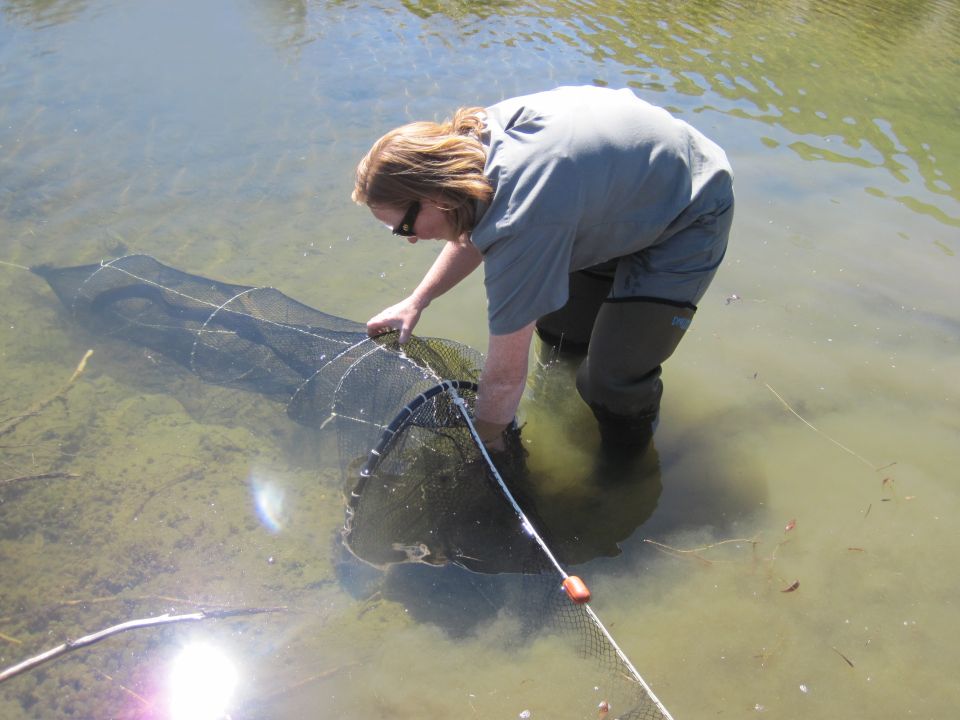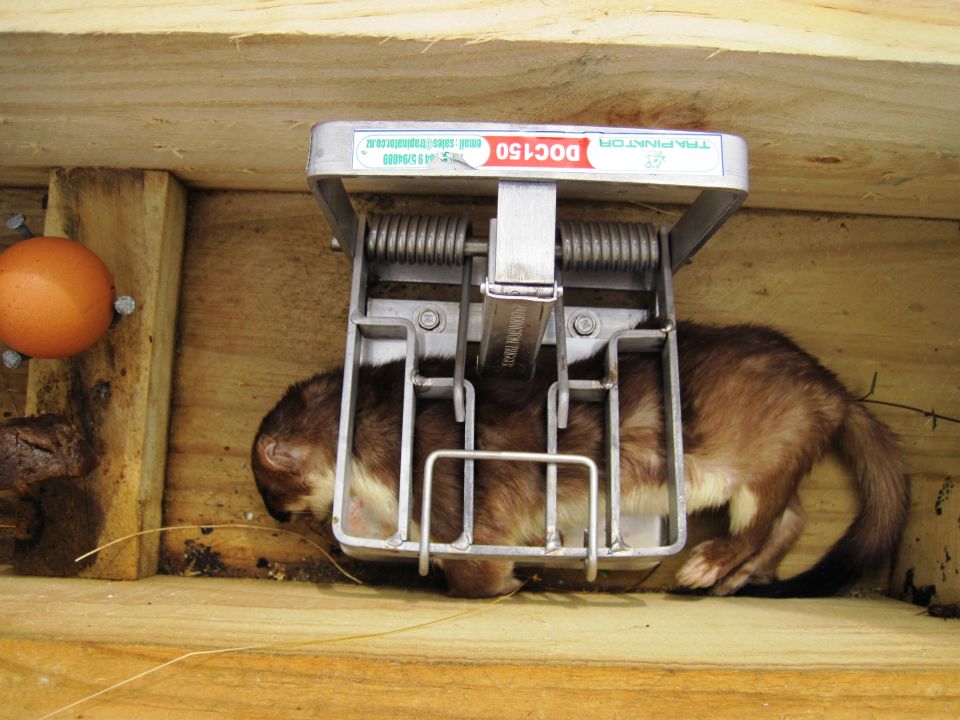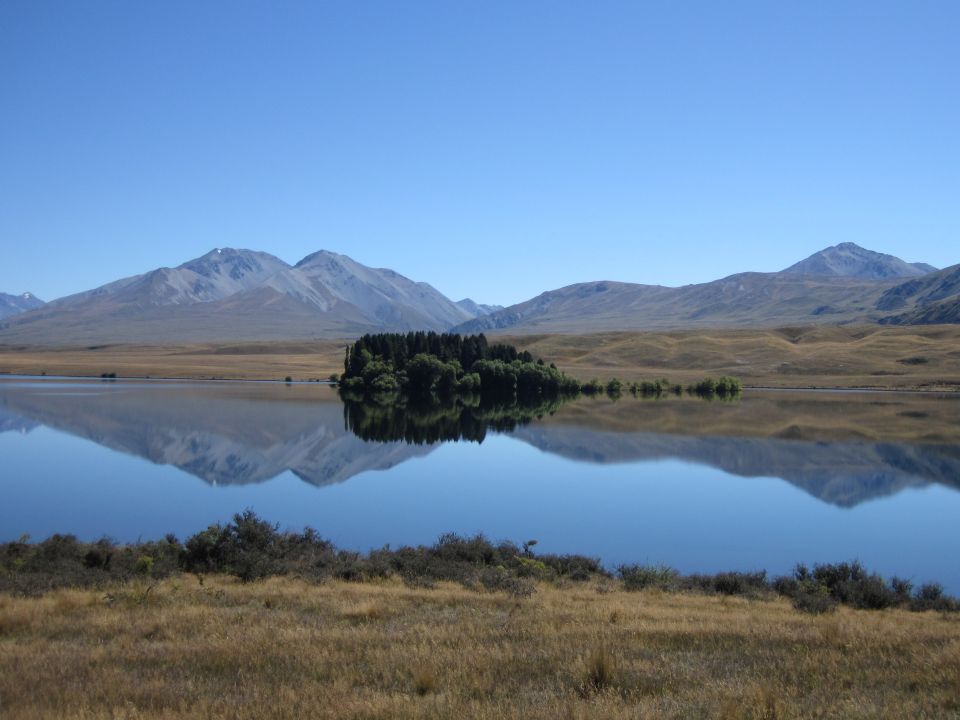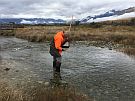Threats to wetlands
- removal of water for irrigation and stock
- low water quality from farm run-off
- Nutrient run off from farmland into waterways
- weeds such as broom and Russell lupins
- didymo and other freshwater pests
- damage from vehicles, rabbits, hares and stock
- threats to native and at-risk species from predators.
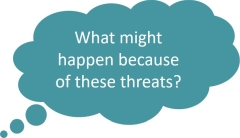
Management
- recording plant, bird, lizard, invertebrate and fish numbers
- keeping an eye on the above species
- listing cultural values and setting up a taonga (treasure) monitoring plan
- weed control
- learning about bird breeding success and habitat use
- fencing riparian areas
- teaching people the value of wetlands
- planning for sensible recreational use
- ongoing pest control
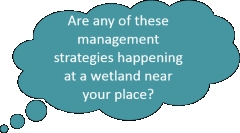
Responsible recreation
The Ashburton Lakes are used for many different activities. It is important that people who use them and the surrounding areas follow the environmental care code:
- protect plants and animals
- remove rubbish
- bury toilet waste more than 50 metres from waterways
- keep streams and lakes clean
- take care with fires
- camp carefully
- keep to the track
- consider others
- respect our cultural heritage
- toitu te whenua (leave the land undisturbed).
Also Check, Clean, Dry all items before entering or moving between waterways to stop the spread of didymo.
